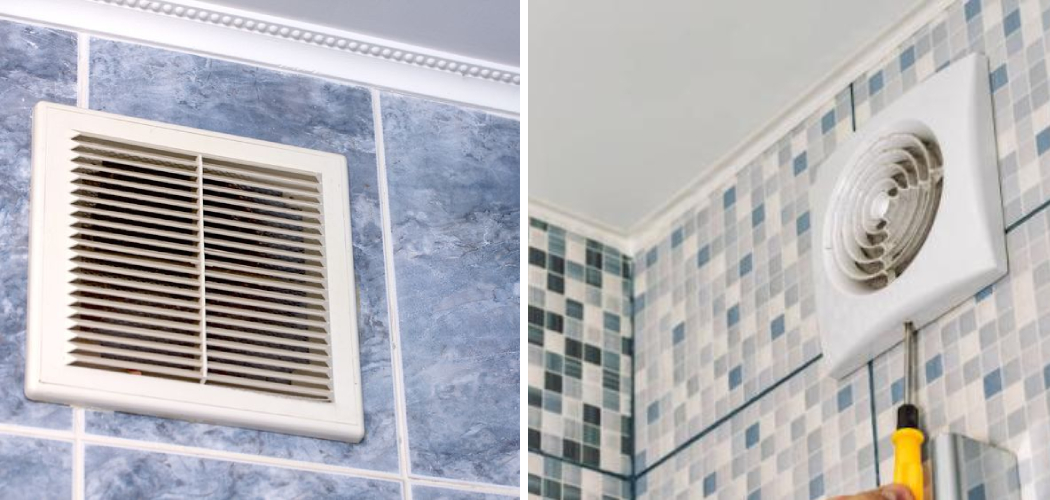Ventilating a basement bathroom is a crucial aspect of ensuring proper air circulation, preventing moisture buildup, and maintaining a comfortable and healthy environment.
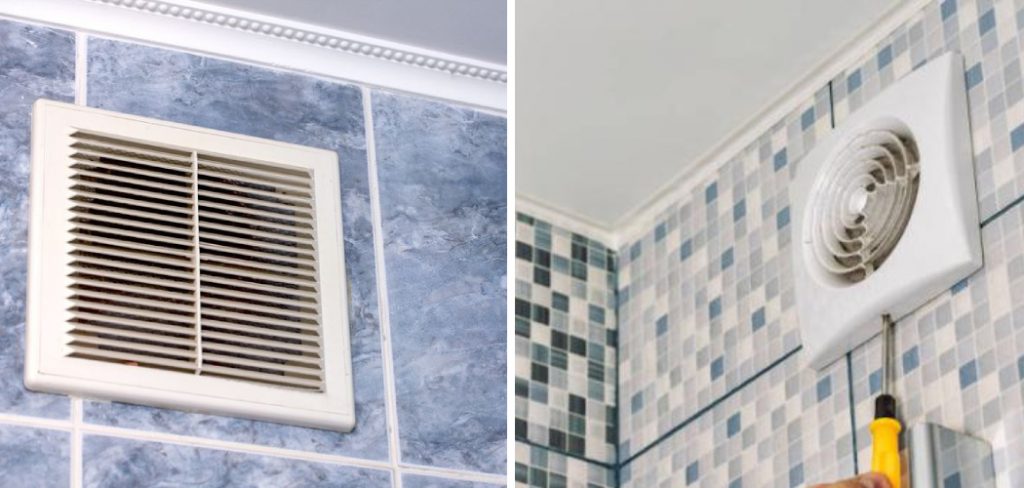
Basement bathrooms often lack access to natural ventilation, making it essential to implement effective venting systems to avoid issues like mold, mildew, and unpleasant odors. Whether you’re building a new basement bathroom or renovating an existing one, understanding how to vent it properly is vital.
In this article, we will explore the key methods and considerations for how to vent a basement bathroom, from choosing the right exhaust fan and ducting to proper installation techniques. By mastering the art of basement bathroom ventilation, you can enjoy a well-ventilated and pleasant space that enhances your home’s overall comfort and value.
Importance of Proper Ventilation in a Basement Bathroom
The importance of proper ventilation in a basement bathroom cannot be overstated. Poorly vented basements can quickly become humid, musty and uncomfortable environments that can cause long-term damage to the home’s structure and create unhealthy living conditions for its occupants.
Basement bathrooms are especially prone to poor ventilation due to their enclosed nature, so it is important to ensure that these spaces are properly ventilated before using them.
Properly venting the basement bathroom helps reduce humidity levels, prevents mold growth and ensures a safe environment for all who enter. Additionally, proper ventilation also helps improve air quality by removing odors, stale air and excess moisture from the space.
In order to properly ventilate a basement bathroom, you will need to install an exhaust fan or a window fan. Both of these options help remove excess moisture and odors from the air while also providing fresh, filtered air into the space.
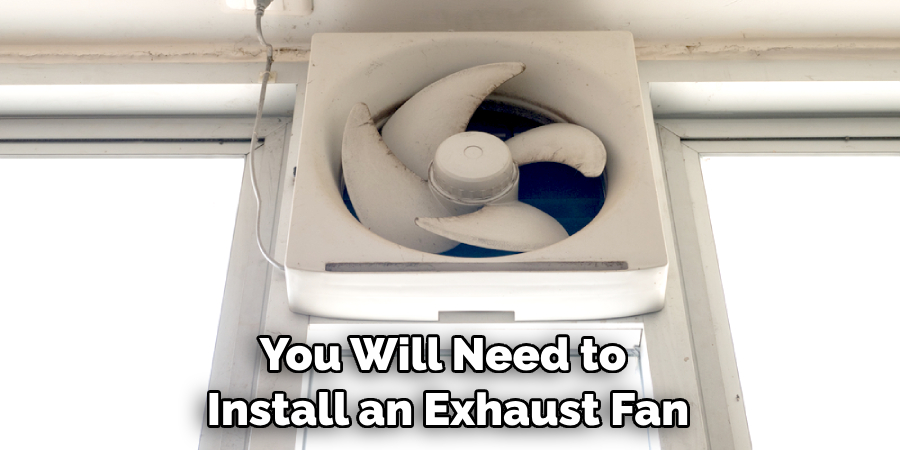
Exhaust fans should be mounted at least 8 feet above the floor in order to properly ventilate the room. Window fans can be used as well, but they are less efficient when it comes to removing humidity and odors from the air.
Regardless of which option you choose, it is important to remember that proper ventilation is essential for keeping your basement bathroom safe and comfortable. Taking the time to install an exhaust fan or window fan now can save you a lot of headaches in the long run so make sure you invest in proper ventilation now!
Familiarizing with Local Building Codes and Regulations
Before starting the project, it is important to become familiar with local building codes and regulations in order to avoid any potential problems. Every city or county may have different requirements for venting a basement bathroom, so make sure you are aware of what is required before undertaking the task.
In most cases, there will be specific rules regarding how a vent should be installed and where it can go. Additionally, there may be restrictions on the size of pipes that can be used in certain areas. By understanding these regulations beforehand, you can save yourself time and trouble down the road.
In some jurisdictions, you may need to obtain a permit before beginning this type of work. You should check with your local building authority to determine if this is necessary for your project. Once the necessary permits and approvals have been obtained, you can move forward with the installation of the vent.

By taking the time to understand local regulations and obtain any required permits, you can ensure that your basement bathroom is properly vented and up to code. This will save you from potential fines or other legal troubles in the future.
Furthermore, it will also help reduce any health hazards associated with improperly vented bathrooms. Taking these steps now will give you peace of mind for years to come.
10 Methods How to Vent a Basement Bathroom
Method 1: Assess Ventilation Needs
Before diving into the venting process, assess the ventilation needs of your basement bathroom. Consider factors such as the bathroom’s size, the number of fixtures (toilet, sink, shower, etc.), and the level of usage.
Larger bathrooms or bathrooms with multiple fixtures may require more powerful ventilation systems to adequately remove moisture and odors.
Method 2: Choose the Right Exhaust Fan
Selecting the appropriate exhaust fan is crucial for effective basement bathroom ventilation. Look for a fan with sufficient airflow capacity, measured in cubic feet per minute (CFM), that meets or exceeds the bathroom’s ventilation needs.
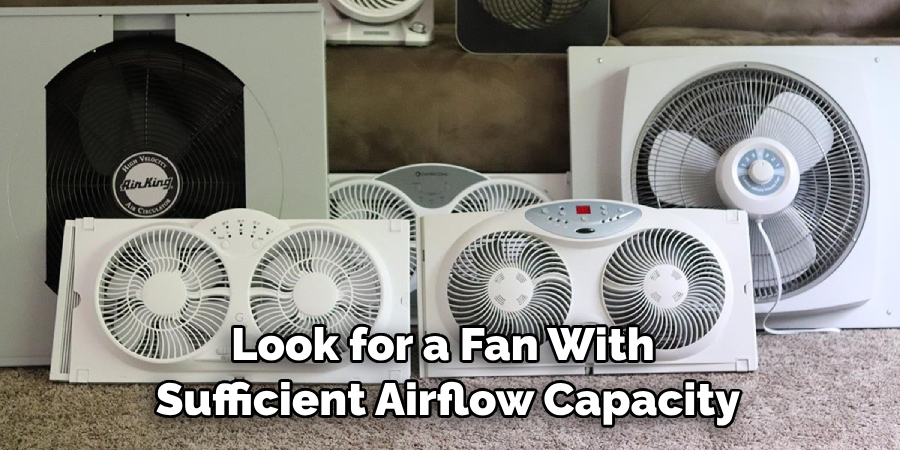
Consider choosing a fan with built-in features such as humidity sensors or timers for automatic operation, which will ensure the fan operates only when needed, reducing energy consumption.
Method 3: Locate the Exhaust Fan Properly
Proper placement of the exhaust fan is vital for optimal performance. Ideally, position the fan near the shower or bathtub to quickly remove moisture generated during bathing. If the bathroom has a separate toilet area, consider placing an additional exhaust fan near the toilet to eliminate odors effectively.
Method 4: Plan Ducting Routes
Plan the ducting routes carefully to channel moist air and odors from the bathroom to the exterior of your home. Use rigid metal ducts or flexible ducts specifically designed for bathroom exhaust systems.
Avoid using plastic or vinyl ducts, as they can trap moisture and lead to mold growth. Keep the duct runs as short and straight as possible to minimize airflow resistance and improve ventilation efficiency.
Method 5: Install Backdraft Dampers
Backdraft dampers prevent outside air from entering the bathroom when the exhaust fan is not in use. They ensure that the bathroom remains well-sealed when the fan is off, preventing cold drafts from entering the space.
Installing backdraft dampers at the fan outlet and exterior vent hood is crucial for energy efficiency and temperature control.
Method 6: Vent to the Exterior
Always vent the bathroom exhaust fan to the exterior of your home. Venting into an attic or crawl space can lead to moisture-related problems and damage to the structure.
Choose a vent cap with a bird screen to prevent pests from entering the vent duct, and ensure that the vent is positioned away from windows and doors to avoid recirculating the moist air back into the bathroom.
Method 7: Consider Makeup Air
When using powerful exhaust fans in a well-sealed basement, negative air pressure can develop, causing the bathroom door to be difficult to open and impacting overall ventilation efficiency.
To address this, consider installing a “makeup air” system, which provides fresh air from outside to balance the negative pressure created by the exhaust fan.
Method 8: Insulate Ductwork in Cold Climates
In cold climates, insulate the ductwork to prevent condensation from forming on the exterior of the ducts. Condensation can lead to moisture problems and reduce the efficiency of the exhaust system.
Proper insulation helps maintain the temperature of the air within the ducts, preventing condensation and ensuring effective ventilation year-round.
Method 9: Regular Maintenance and Cleaning
To ensure your basement bathroom ventilation system operates efficiently, perform regular maintenance and cleaning. Clean the exhaust fan’s grille and housing, as well as the vent cap, to remove any accumulated dust and debris that can impede airflow.
Additionally, inspect and clean the ducts periodically to prevent blockages and maintain optimal ventilation performance.
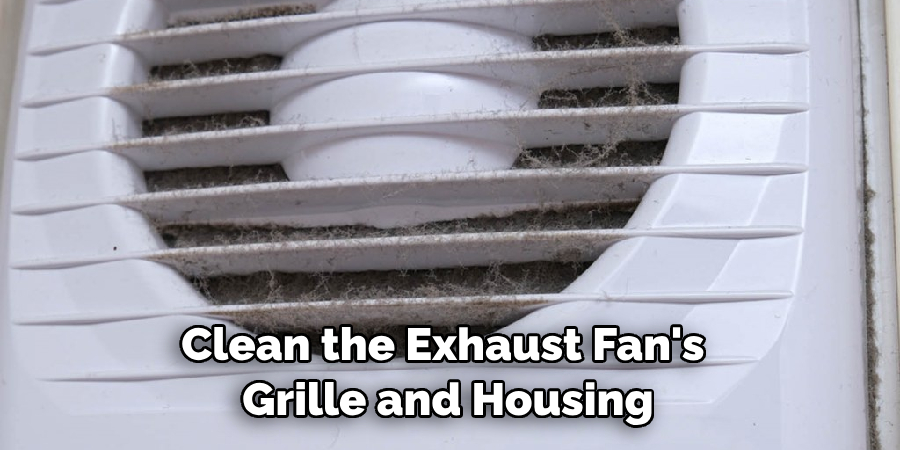
Method 10: Consider a Heat Recovery Ventilator (HRV)
For energy-conscious homeowners, consider installing a Heat Recovery Ventilator (HRV) in conjunction with the bathroom exhaust fan.
An HRV recovers heat from the outgoing air and transfers it to the incoming fresh air, reducing energy loss and providing continuous ventilation while preserving indoor comfort.
Some Common Mistakes When Venting a Basement Bathroom
One common mistake when venting a basement bathroom is forgetting to include the air admittance valve. This safety device prevents sewer gases from entering your home in the event that your vent pipe becomes blocked.
The air admittance valve needs to be installed prior to any other ventilation fixtures, and should always be installed on the same side of the wall as your sink, tub, or shower.
Another mistake to avoid is failing to follow local building codes. Building code regulations vary from state to state, so be sure to check your local building codes before beginning the venting process. For example, some areas require a minimum vent length or diameter and may even specify certain materials that must be used for installation.
Finally, many people make the mistake of not installing an exhaust fan properly. Exhaust fans are essential for removing moisture and odors from the bathroom, but must always be directed outward. Air should never be discharged into any part of the living space as this can cause mold growth over time.
Conclusion
Vented basement bathrooms are certainly an improvement on unvented ones, and there are some definite advantages to having one. Not only will properly venting your bathroom eliminate odors, but it also ensures proper air flow and prevents the buildup of moisture from showers and bathtubs.
By understanding the basics of plumbing venting, you can make sure that your basement bathroom is vented safely and correctly.
With the right materials, tools, and a bit of time, learning how to vent a basement bathroom can be relatively simple and straightforward. Hopefully this article has given you the resources needed to get started on this project – now all that’s left to do is start planning!
From researching the rules for local plumbing codes to gathering the necessary supplies, get ready to embark on an exciting home project adventure – good luck!

